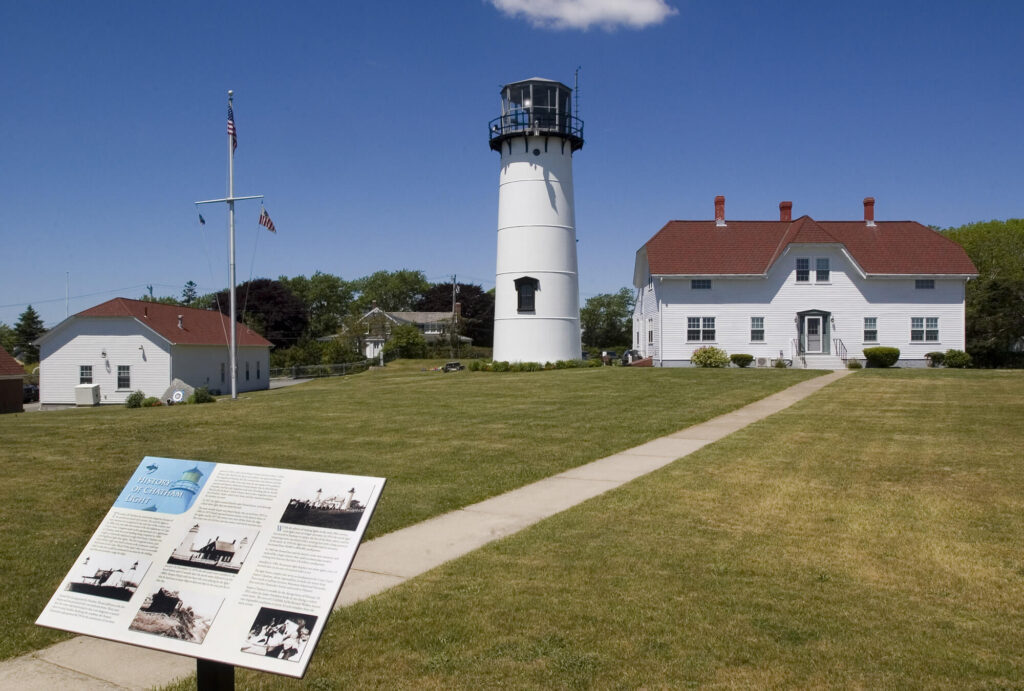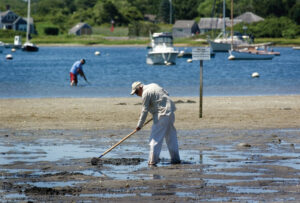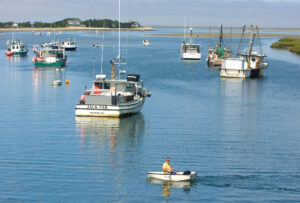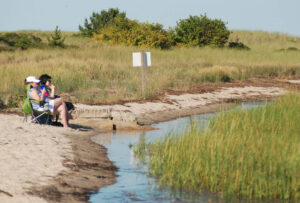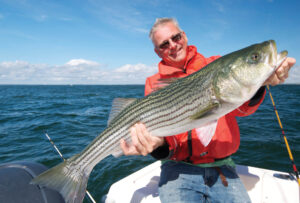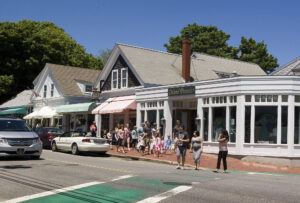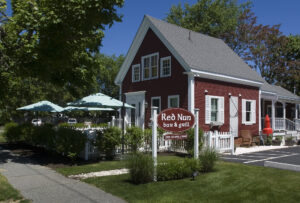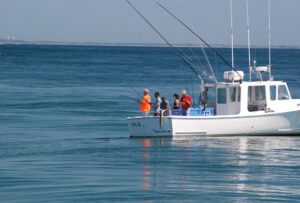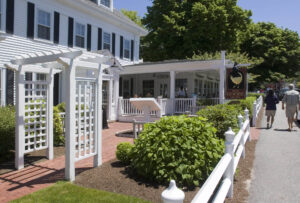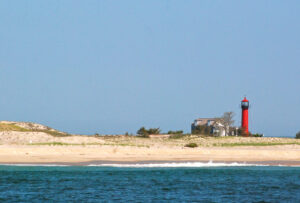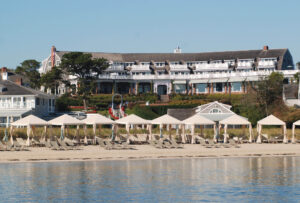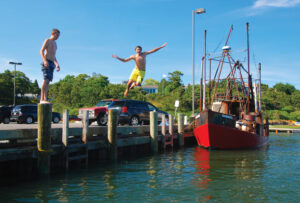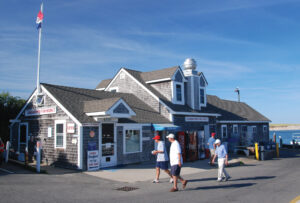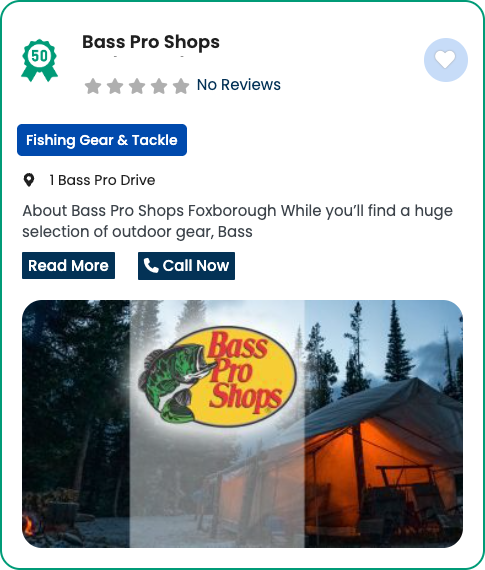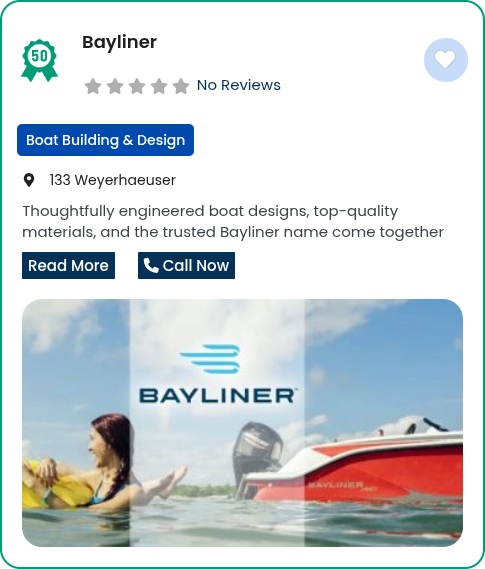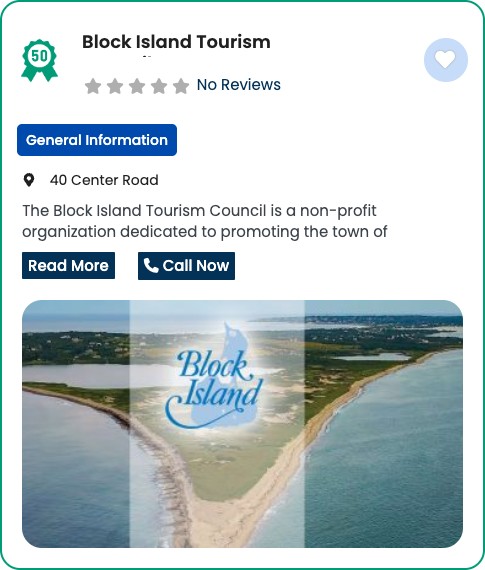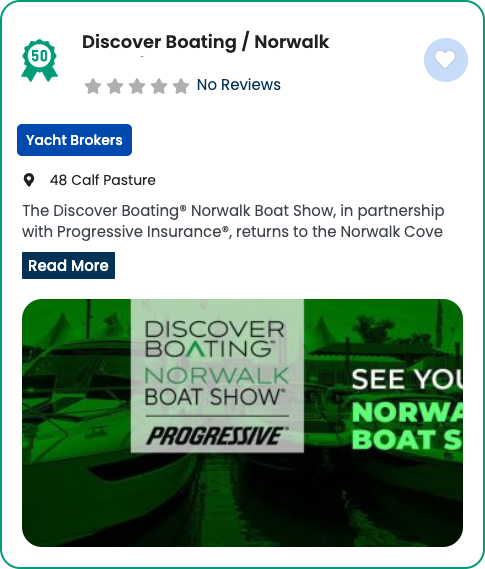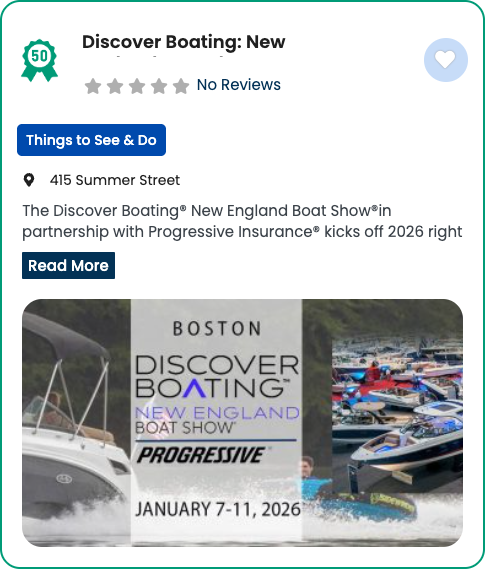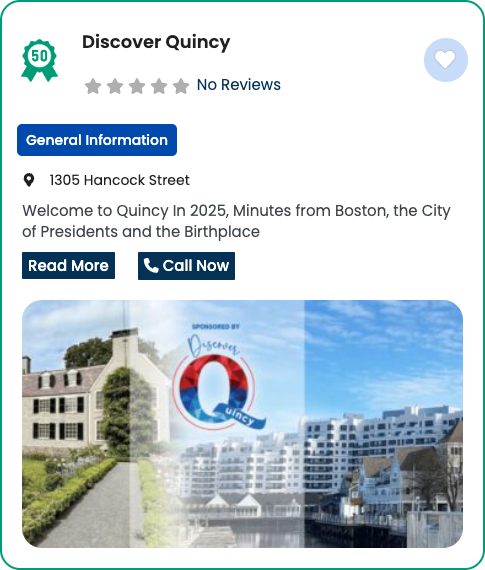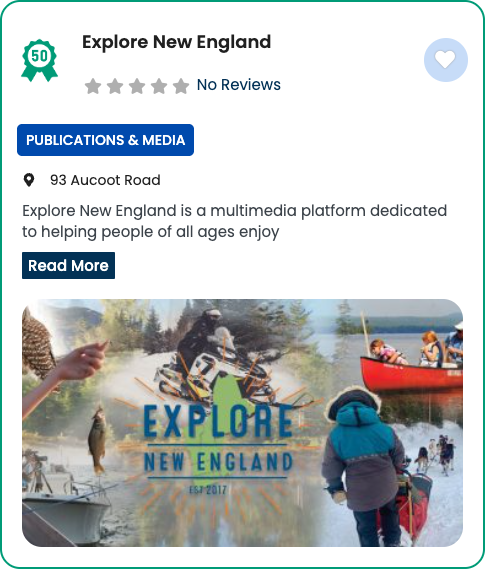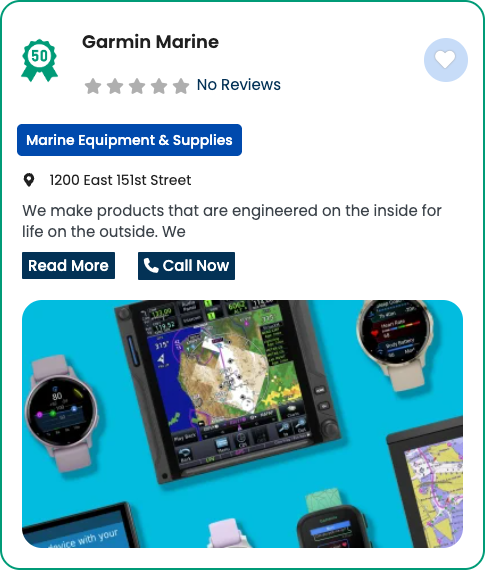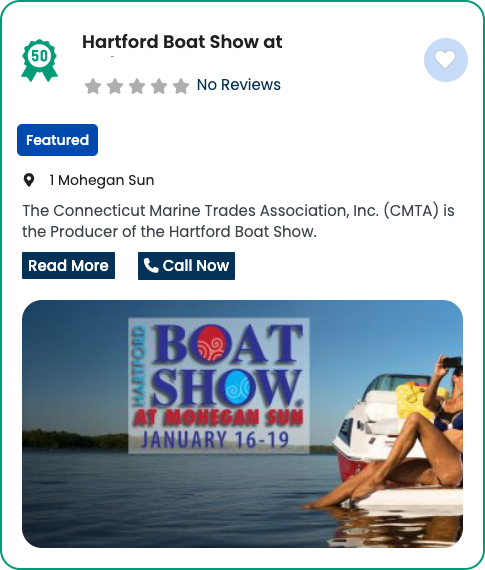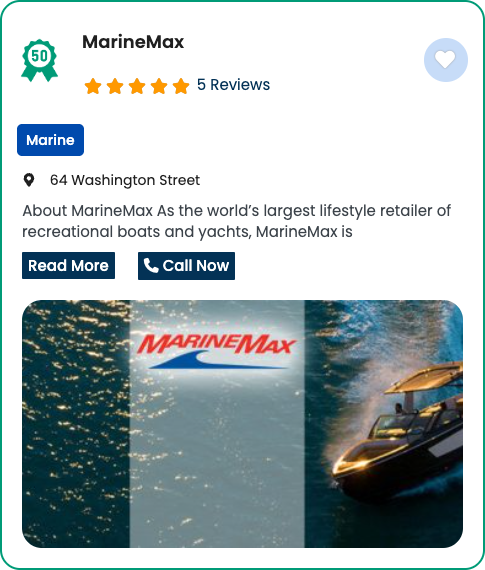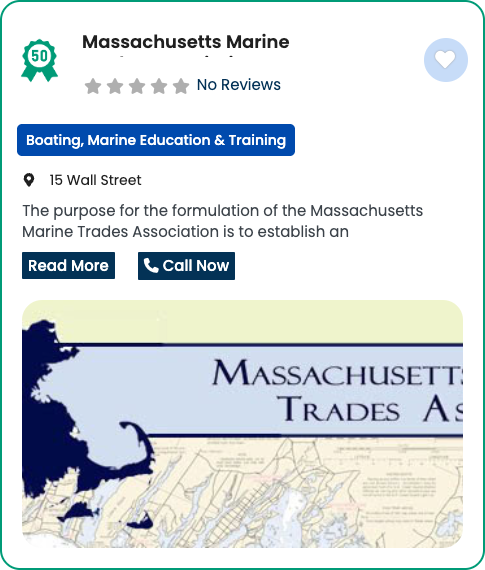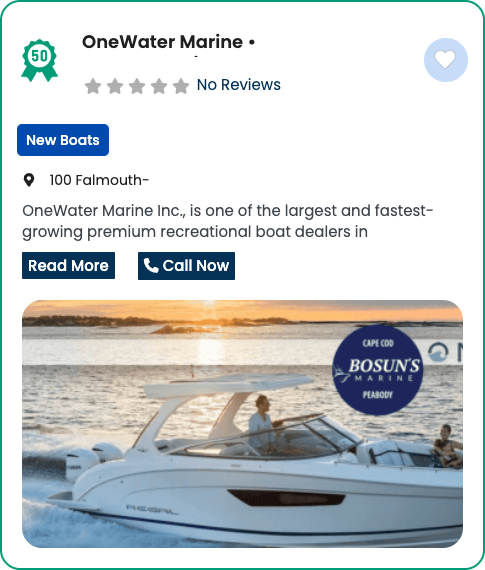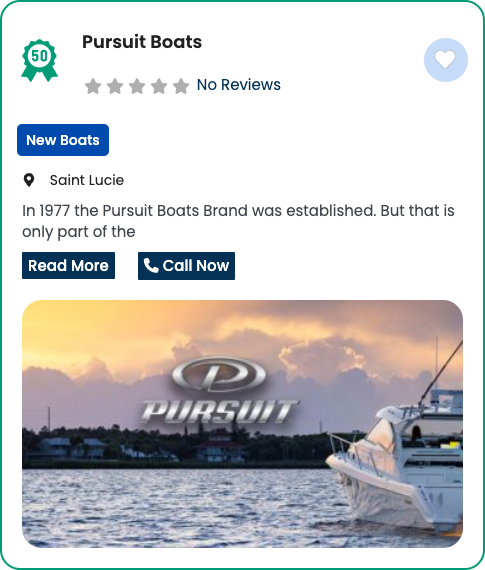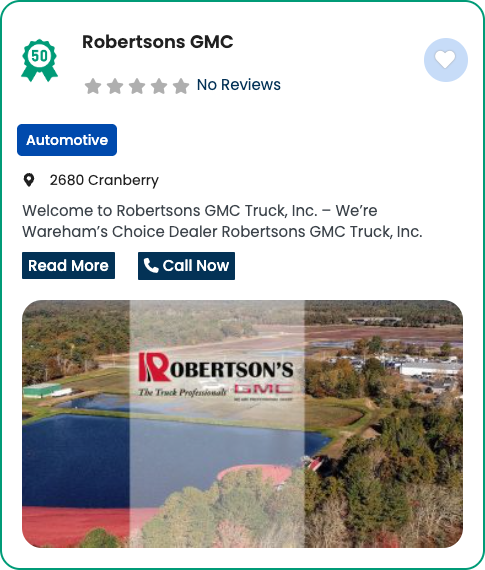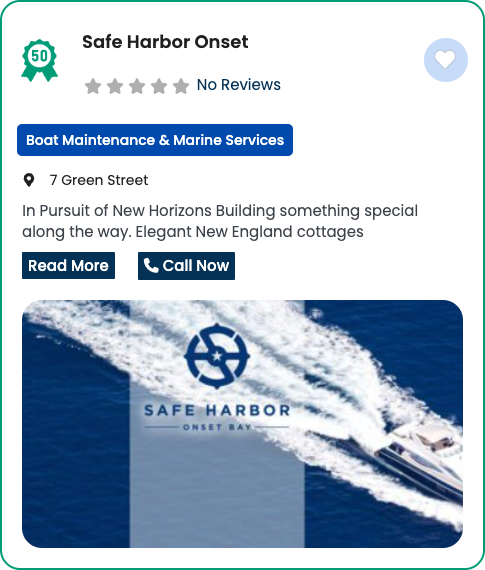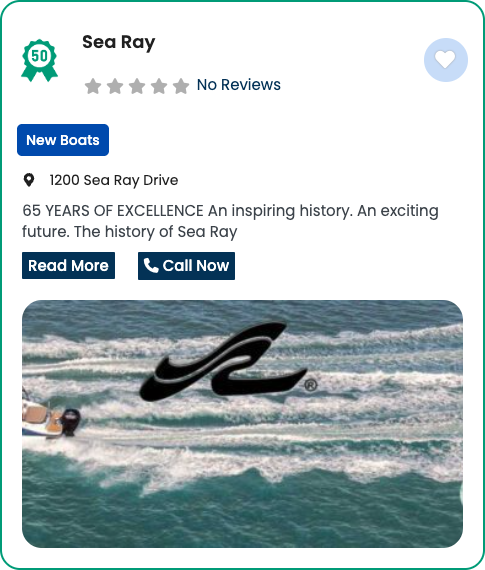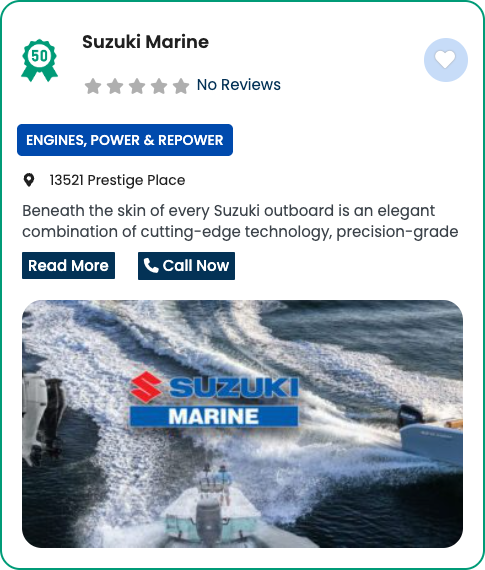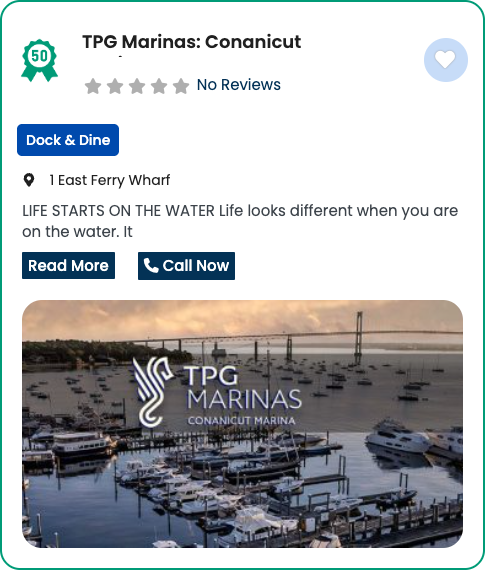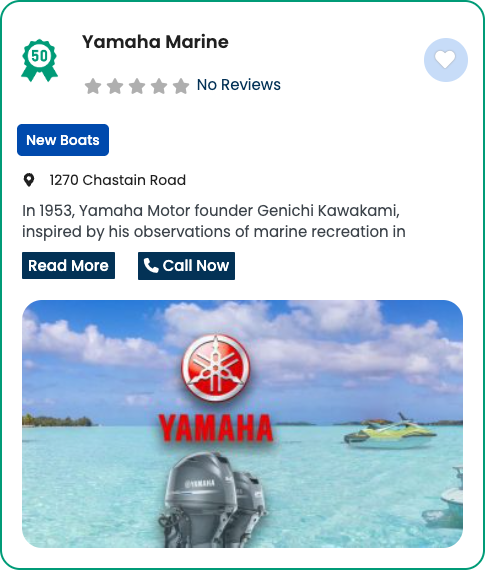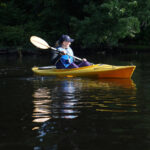
MA/CT Paddlers Reminded of Fall PFD Requirement
September 24, 2024
New Harbor 28
September 26, 2024
Welcome to Chatham
Bounded by Nantucket Sound and the North Atlantic, this quintessential Cape Cod town offers twin harbors—and multiple rewards—for the visiting boater.
CHATHAM'S STORY
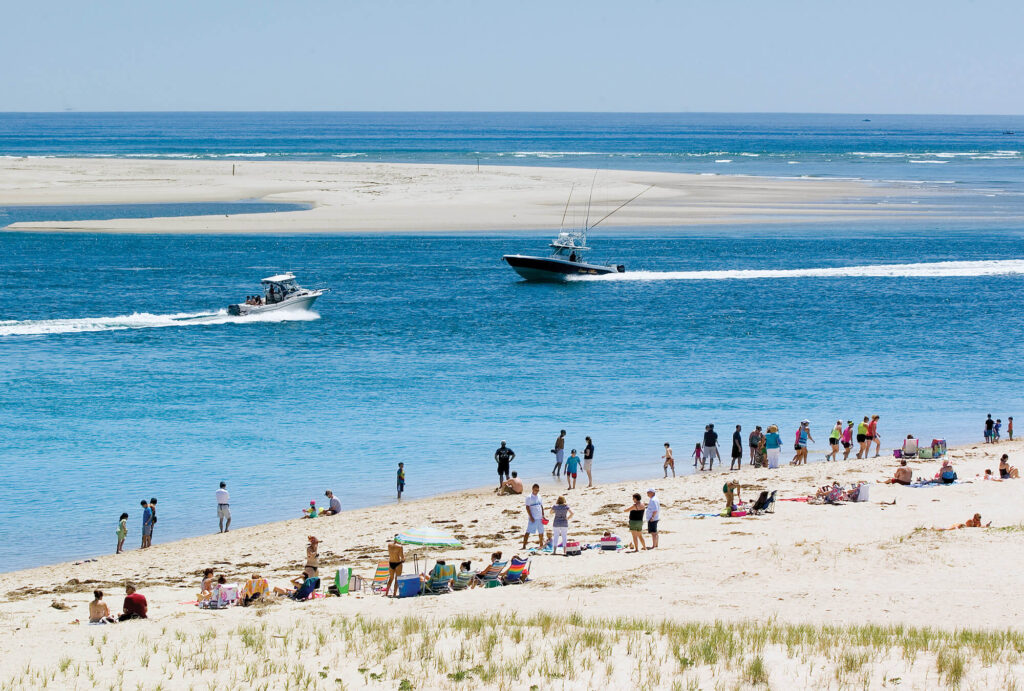
Chatham Harbor is home to numerous fishing and pleasure boats, but caution is required when navigating the inlet. Photo/Tom Croke
It’s hard to imagine a boating destination with more to offer than Chatham. After all, this picturesque town on the elbow of Cape Cod features two very different harbors, miles of white-sand beaches, amazing scenery and wildlife, great fishing, and a charming village center. It’s no wonder, then, that many consider Chatham to be the ultimate Cape Cod experience, causing its year-round population of slightly more than 6,000 to swell to nearly 30,000 in summer.
Facing the open Atlantic to the east and Nantucket Sound to the southwest, Chatham’s constantly changing shoreline has put piloting and seamanship to the test since Europeans settled the area in the 1660s. Captain George Eldridge and his son George W. were famous Chatham natives whose mastery of the area’s tricky shoals and currents gave rise to the indispensable yellow Eldridge Tide and Pilot Book, which is still published by their descendants.
During the Age of Sail, Chatham thrived as a whaling, fishing, and trading port. As the town prospered, local merchants and captains built themselves well-founded homes and shops with simple, classic New England lines, many of them finished off with red- or white-cedar shingles that weathered beautifully in the salt air. These handsome 18th and 19th century buildings still grace the close-packed area between Mill Pond and Chatham Harbor, and the townspeople have taken great pains to preserve them. The Old Chatham Village Historic District, centered on Main and School Streets, is now considered the finest example of a classic Cape Cod town.
With all that sand and shoreline, Chatham boasts a number of famous beaches, most of them public, some with limited parking and fees for use. The town is also the jumping-off point for visits to the Monomoy Island National Wildlife Refuge, considered one of the best birding areas in New England. The barrier island is also famous for its colonies of gray and harbor seals, whose populations have exploded—much to the dismay of local fishermen—in recent years. A number of local tour boats offer trips to the refuge and seal-watch cruises. As you may have heard, the huge seal population has also attracted marine critters of a toothier sort, as great white sharks are now common along the Atlantic beaches from Monomoy to Provincetown. Indeed, shark-watch cruises have become a “thing” off Chatham.
The town’s unique location provides it with two distinct harbors. Chatham Harbor, to the east and homeport to most of the local fishing fleet, has ready (but not always easy) access to the open Atlantic and peaceful, scenic Pleasant Bay. To the south, near Monomoy, is Stage Harbor, home to most of the facilities for visiting boaters and offering a safer point of entry.
As a boater, it’s imperative to understand the difference between the two harbors. Beginning in 2007, a series of violent winter storms have dramatically altered the coastline off Chatham, leaving Chatham Harbor increasingly exposed to the Atlantic and making it a risky proposition for those in small boats. The channel is well marked, but makes some tricky turns and is often bombarded by unnerving breakers (the Coast Guard posts warning flags at Chatham Light when inlet conditions are considered hazardous). In fact, the harbormaster’s office advises recreational boaters to avoid the harbor altogether or seek local knowledge before entering.

Chatham’s robust seal population attracts both seal-watchers and great white sharks. Photo/Tom Richardson
Thanks to a relatively recent break in the barrier beach just south of the inlet, boaters in small to midsized craft can now access Chatham Harbor and Pleasant Bay from the west, skirting Morris Island, without having to make the trip around Monomoy. However, this shallow, winding route is best attempted from mid-tide on. Also, no one can be certain when another storm may close the cut, so be sure to check with the harbormaster or one of the local marinas before choosing this route.
Inside Chatham Harbor, boating facilities include Outermost Harbor Marine, just inside the inlet. Farther north, in Pleasant Bay, is Ryder’s Cove Boatyard. A third marina, Nauset Marine East, can be found much farther north in Meetinghouse Pond, in Orleans. Be sure to keep an eye on your depthsounder and pay attention to the channel markers when navigating Pleasant Bay, as it contains plenty of shoal water and is dotted by islands.
While Chatham lacks a true dock-and-dine restaurant, the Wequassett Inn, which overlooks a quiet cove on the Harwich side of Pleasant Bay, maintains guest moorings where boaters can tie up and hop a launch to the inn for dinner or drinks. The inn features several dining options, from casual to fancy, plus an outdoor bar.
Boaters who study satellite maps of Pleasant Bay will no doubt notice the presence of a break in the barrier beach between Chatham and Nauset Inlets. While it may be tempting to access Pleasant Bay or enter the ocean through this “new” inlet, it is not advised without local knowledge. Powerful currents and steep ocean swells can make for a treacherous passage at best. Plus, it can be quite shallow in spots.
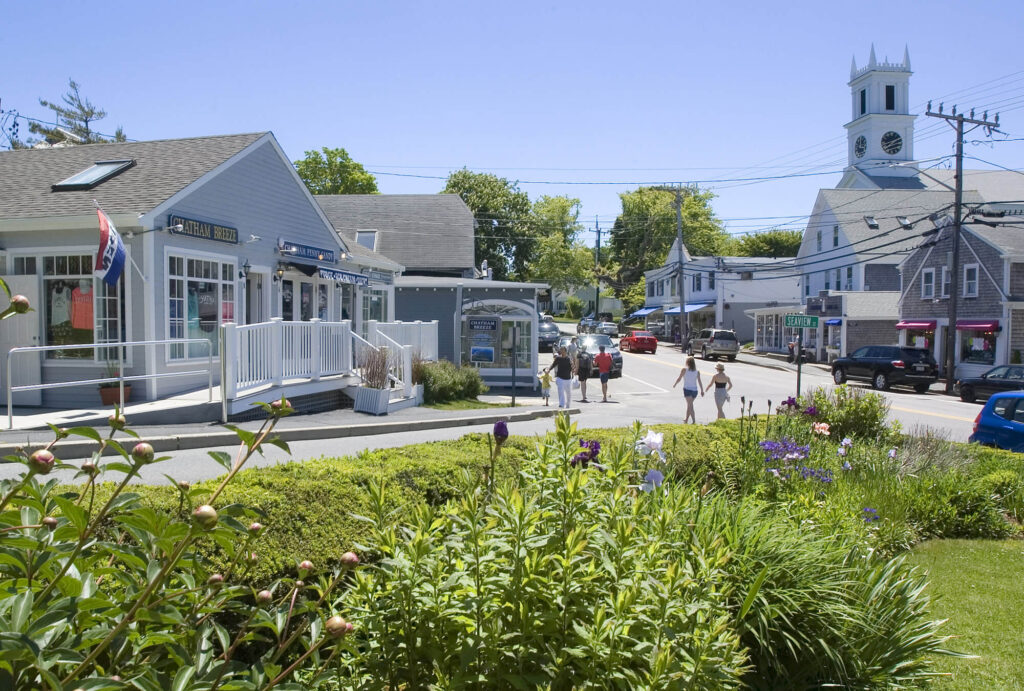
You will find many shops at the junction of Seaview and Main Streets including the Chatham Penny Candy Store. Photo/Tom Croke
Boaters heading in or out of Chatham’s Stage Harbor, on the other hand, have the barrier island of Monomoy to protect them from the open Atlantic. Stage’s sheltered waters are home to several marinas, limited anchoring space (with permission from the harbormaster), and more immediate access to Chatham’s downtown. However, pay attention to the strong cross currents at the entrance to the harbor.
To reach Main Street—the center of village activity— from Stage Harbor, shallow-draft vessels and dinghies can pick their way up Oyster Pond River and into Oyster Pond. The village is a short walk from the landing on the pond’s eastern shore. On the west side of the Oyster Pond River are two marinas that offer transient accommodations. North of Stage Island, in the main harbor, are two more marinas and some town landings. From there, the channel flows north into the privately marked Mitchell River and under a bridge with eight feet of vertical clearance. The bridge is opened by the harbormaster for mooring owners only. At the north end of Little Mill Pond is a town landing close to the village center.
The word “charming” seems to have been invented for Chatham Village, where you’ll find shops selling everything from local artwork and jewelry to ice cream, baked goods, and toys. Cozy restaurants and pubs such as the Chatham Squire and the Red Nun see a steady stream of traffic, while pleasant bed-and-breakfasts and inns welcome those who wish to spend the night ashore.
Speaking of inns, no story on Chatham would be complete without a mention of the opulent Chatham Bars Inn. The sprawling facility comprises a large, shingled main building, several cottages, a private beach, and immaculate grounds, all overlooking Chatham Inlet, North Beach, and the mighty Atlantic beyond. The inn also maintains its own fleet of boats that it uses to take guests on fishing, sailing, and seal-watch excursions, as well as on trips to Nantucket. It’s quite a place, but then again, so is Chatham as a whole.
I
CHATHAM GALLERY
Photographed by Tom Richardson
A Massachusetts native and past editor of New England Boating & Fishing, Tom has spent time working for Salt Water Sportsman, Offshore Magazine and was a founder of BoatingLocal. You can now find Tom as the Host, Executive Producer at Explore New England TV.
Photographed by Tom Croke
Tom has been a contributor to New England Boating for many years. He and his wife, Anna, run Visual Image, which specializes in executive portraits, event photography, architecture and interiors, product photography, travel and tourism photography, and more.


